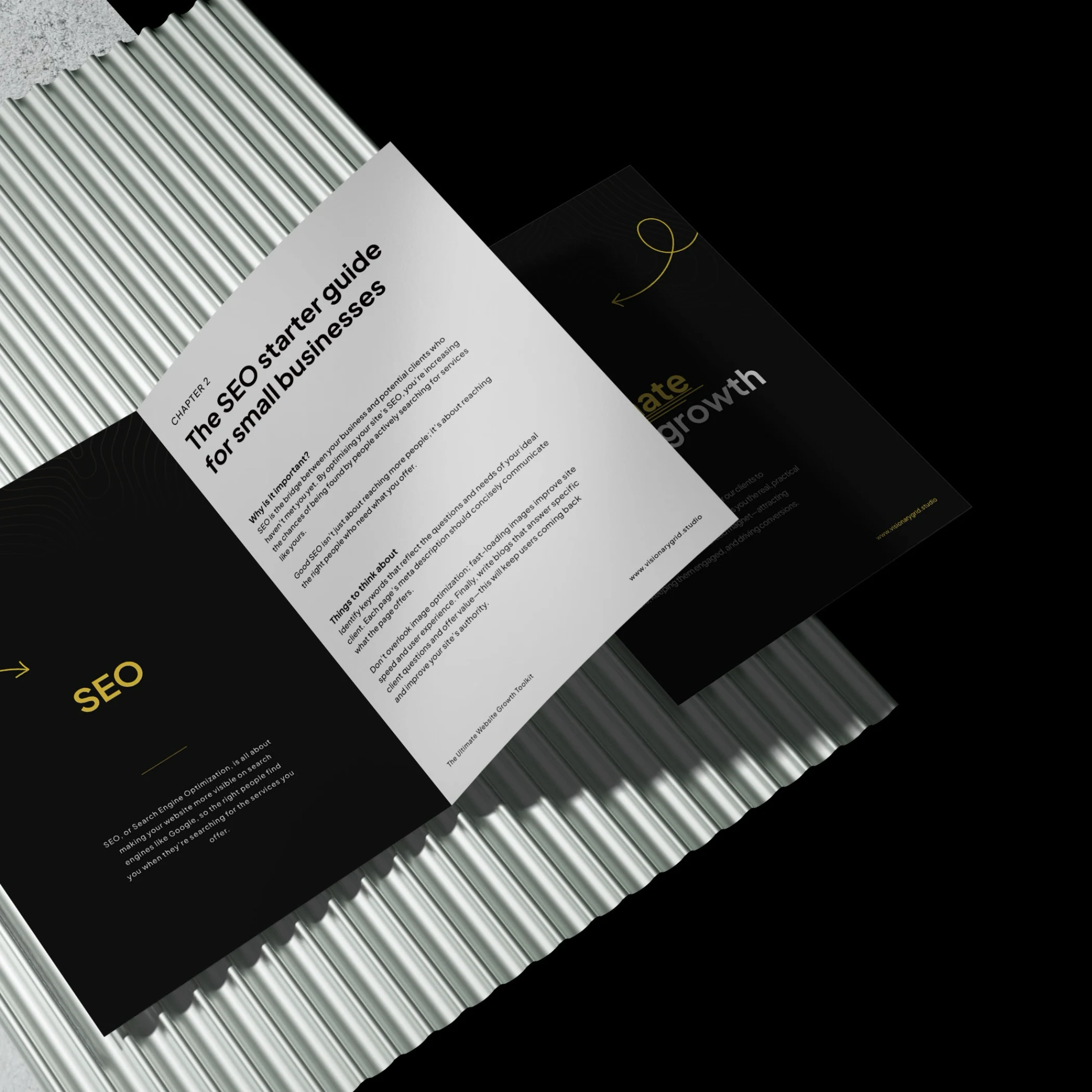Why Most Y Combinator Startups Struggle After Demo Day—And How to Fix It
March 6, 2025
“Investors don’t fund ideas. They fund clarity.” – Paul Graham
You’ve made it. Your startup got into Y Combinator. You built something great. You survived Demo Day. Now what?
Most founders assume that after YC, investment money will pour in. But here’s the reality—many Y Combinator startups fail to convert investor interest into actual funding.
Why? Because having a great product isn’t enough. Investors need instant clarity on what you do, why it matters, and why they should trust you. And if your website, messaging, and pitch aren’t airtight? They move on.
The Post-YC Trap: Why Startups Lose Momentum
After YC, you’re in a race. A race against dwindling runway, against competitors, and against investor attention spans. Here’s where most startups go wrong:
• Your website confuses people – If an investor or customer lands on your homepage and doesn’t instantly “get it,” they’re gone.
• Your messaging is too vague – If you can’t explain your value in one crisp sentence, you’re losing people.
• Your credibility isn’t obvious – Investors need to trust that you’re the right team to solve this problem. That trust needs to be visible in seconds.
Most startups don’t fix these fast enough. They keep iterating on the product, thinking funding will follow. But funding follows clarity.
How to Fix It: A Framework for Instant Trust
If you want to raise faster and sell better, you need to fix your website and messaging—immediately. Here’s how:
1. Nail Your One-Sentence Pitch
Investors and customers should understand what you do in under 5 seconds.
Bad: “We leverage AI to revolutionise logistics.” (What does that even mean?)
Good: “We help ecommerce brands cut shipping costs by 30% using AI-powered route optimisation.”
Make it stupidly simple. If a 10-year-old doesn’t get it, rewrite it.
2. Show, Don’t Tell
Stop saying you’re the best. Prove it.
• Showcase logos of investors, press mentions, or notable customers.
• Use hard numbers: “Helped SaaS startups add £2M in ARR.”
• Have a real case study—not just a generic testimonial.
Trust is built visually. A wall of text won’t cut it.
3. Fix Your Website (And Do It Fast)
If your homepage isn’t selling for you, it’s working against you. Here’s what you need:
• A clear headline that explains what you do.
• A subheadline that explains the benefit in simple terms.
• A call to action that actually gets clicks (not just “Learn More”).
• Zero fluff.
Your website isn’t an art project. It’s a sales tool. Treat it like one.
4. Build a Lead-Gen Funnel, Not Just a Pretty Site
Most YC startups have a website that looks decent—but does nothing to generate leads. Fix that by:
• Adding a lead magnet (a free resource, audit, or tool in exchange for an email).
• Following up automatically—not leaving leads to go cold.
• Having a clear next step (Book a call? Join a waitlist? Invest?)
Make it impossible for investors and customers to not take action.
The Bottom Line: YC Is Just the Start
Y Combinator gets you in the room. But what happens next? That’s on you.
If your website, messaging, and trust signals aren’t airtight, you’ll lose out to founders who get this right.
Want a website that actually helps you raise? Fix it now—before you lose more deals.

Grab our PDF toolkit to transform your website into a client magnet
Are visitors coming to your site but leaving too soon? This toolkit has everything you need to make your website a client-generating powerhouse, from boosting visibility on Google to creating an experience that keeps visitors engaged and ready to take action.
Inside, you’ll get insights on:
- Improving SEO so clients find you first
- Designing a smooth user experience to reduce drop-offs
- Crafting clear, engaging messages that build trust
Is your website costing you investors & customers?
Submit your site for a free Startup Website Stress Test.
We'll personally review your site and send you a 5-minute video breakdown of what’s working, what’s broken, and how to fix it—so you don’t lose opportunities.